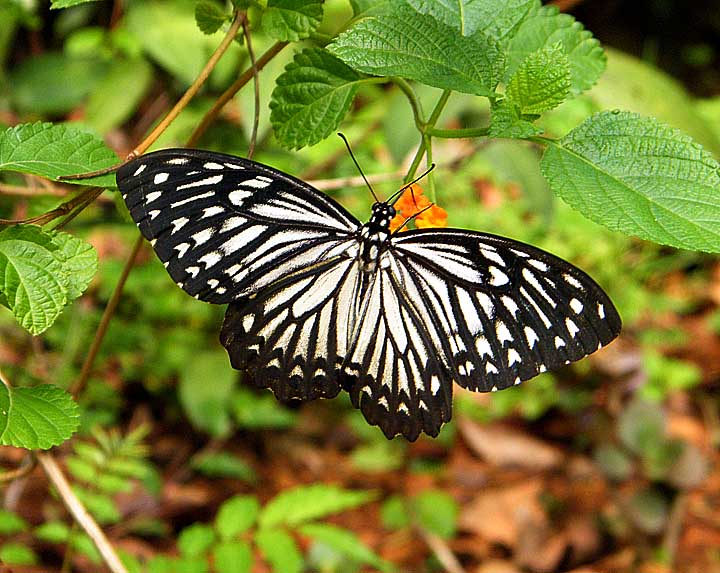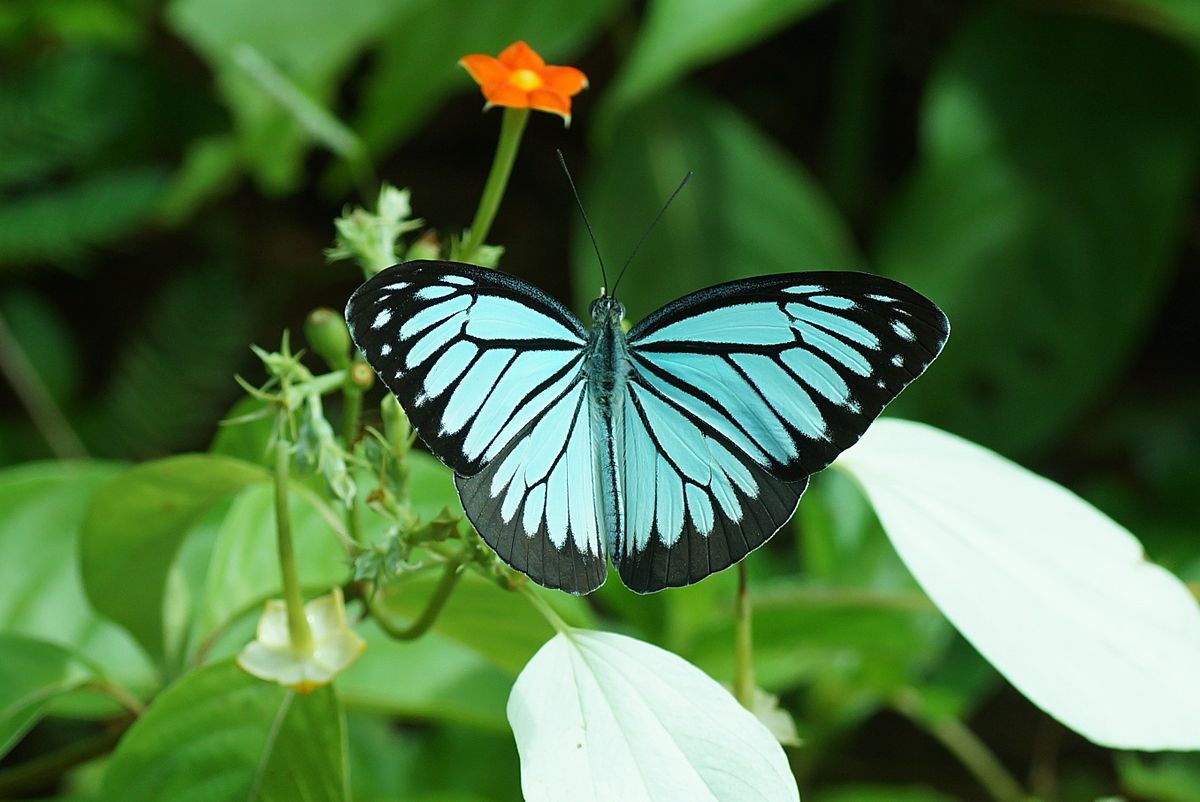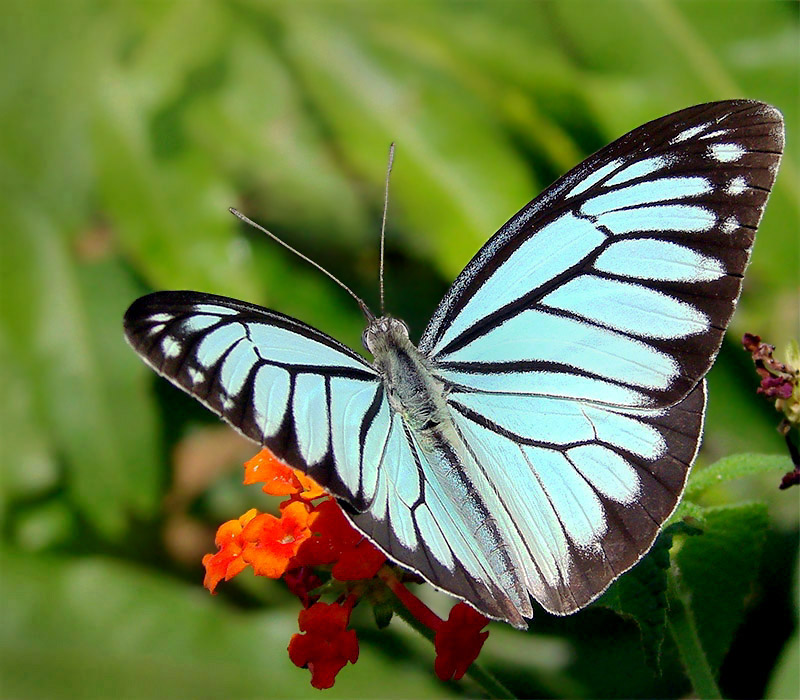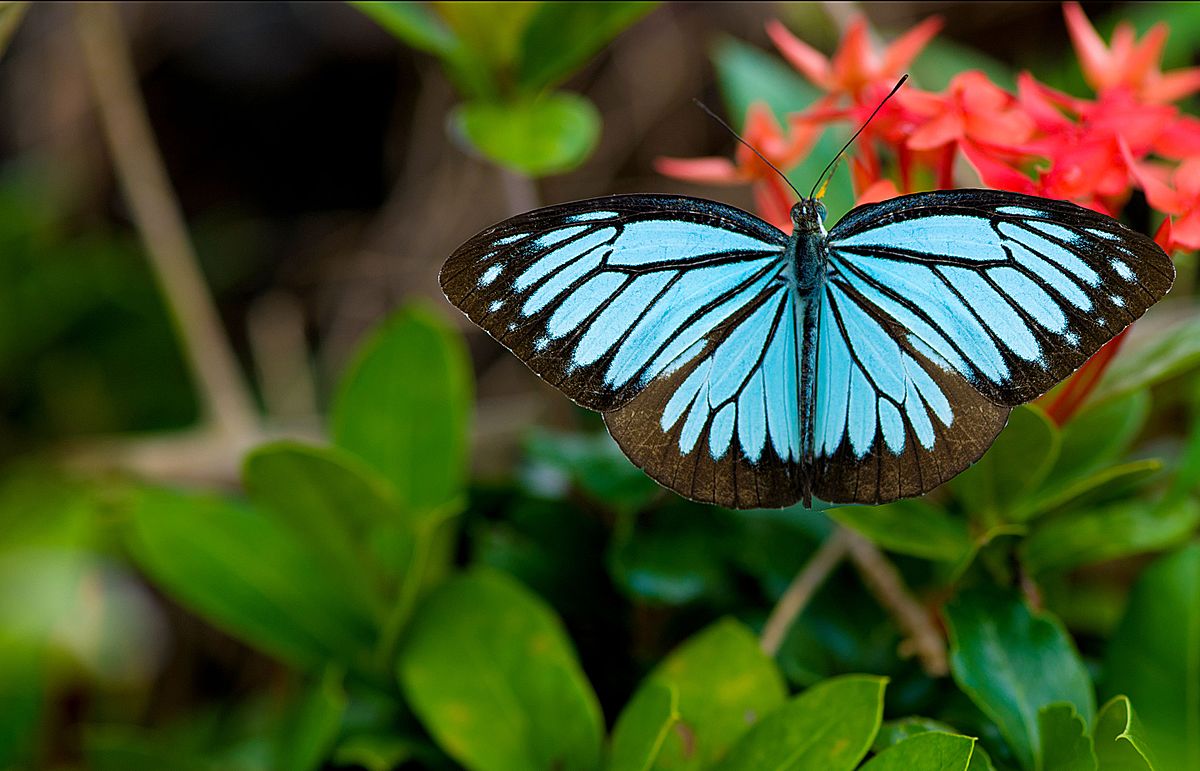What Does a Pareronia Valeria Butterfly Do? (History, Facts)
Have you ever wondered, What does a Parernonia Valeria butterfly do? A lot of people seem curious about it and we have tried to bring to a point of understanding in this are what a paranoia Valeria butterfly do.
What Does A Pareronia Valeria Butterfly Do?

What is the purpose of a Pareronia Valeria butterfly? Pareronia Valeria performs the same functions as other butterflies.
They contribute to the completion of the food cycle and flower pollination, as well as to the maintenance of the ecosystem.
The Pareronia Valeria butterfly is of medium size and belongs to the Pieridae family.
What is Pareronia Valeria?
This is the scientific classification of Pareronia Valeria:
Name: Pareronia Valeria
Kingdom: Animalia
Phylum: Arthropoda
Class: Insecta
Order: Lepidoptera
Family: Pieridae
Genus: Paeonia
Species: P. Valeria
The Pareronia Valeria is a medium-sized butterfly found in India and Southeast Asia. It is also known as the common Wanderer or Malayan Wanderer.
It belongs to the Pieridae family, also known as the yellows and whites.
The butterfly found in India is known as Pareronia hippie, and they sometimes consider it to be a different species.
READ ALSO!!!
- Brake Fluid Change Cost 2022 (Why You Need It)
- Additional Snap Benefits in January
- Restaurants That Accept EBT In Arizona
- PayPal Earnings Date
The amount of brilliant yellow color on the upper side and dull ochraceous color on the underside varies; in some cases, the bright yellow color is more restricted, while in others, it extends further towards the costa.
To avoid being eaten, the female’s typical form resembles a glassy tiger.
The Philomela form is rare and can be identified by the golden coloring at the base of the wings.
This variety is more common in India’s northwestern region.
According to Mark Alexander Wynter-Blyth, this form is an imitation of Danais Aspasia, a species that does not exist west of Myanmar.
The D. Aspasia was once present in India alongside the common Wanderer but was eradicated in the past.
He disputes the hypothesis that the wagtail transports D. Aspasia eggs to India.
Description of Pareronia Valeria

The costa, the apex, and the terminal margin are very broad and black, narrowing towards the tornus and traversed by a transverse subterminal series of bluish-white spots varying in number.
The spot in interspace 3 shifted inwards; sometimes the posterior two spots of the series are almost joined onto the ground color streaks between the veins
The dorsal and costal edges are pale, while the terminal border is dark, particularly at the apex.
Lighter blue on the underside, with fuscous terminal borders and inconspicuous white insulated dots.
Veins lined with black that broaden towards the termen; apex wide, terminal edge narrowing to the tornus, saturated with a pearly-while shine.
More Information on Pareronia Valeria Description
Subcostal veins and veins 6, 7, and 8 are heavily bordered with black; a faint black line runs through interspace 1.
The cilia on both wings are thin and white. The antennae are black, and the head, thorax, and abdomen are fuscous, with long bluish hairs on the thorax.
Hindwing: white costa and dorsum; streaks and subterminal dots in cell and interspaces, similar to forewing but more regular; streak in cell and interspace one split longitudinally, subterminal spots equally curved.
Underside: identical to the upperside, but the ground color is drab, dark, and diffuse, patterns are larger but less well defined, and the forewing apex is hidden by whitish scales.
Males have a darker antennae, head, thorax, and abdomen.
READ ALSO
- Metamask to Paypal
- Paypal Money Generator
- Buy Cardano with Paypal
- Haircuts Near Me
- Will the P-EBT Card be Reloaded Every Month?
Why Are Butterflies Beneficial to the Environment?

There’s more to butterflies than meets the eye. Their use can benefit both the environment and your garden.
We wouldn’t be able to see beautiful butterflies in our gardens if caterpillars didn’t exist.
Butterflies serve a practical purpose besides brightening up our landscapes. Continue reading to learn more about their environmental benefits.
They Pollinate Plants in Your Garden
Butterflies are an excellent addition to your garden because of their nectar-feeding needs and attraction to brightly colored blooms.
Most plants require pollinators such as bees and butterflies to reproduce.
When they do this, the pollen they capture is carried by their bodies to other plants. This process benefits fruits, vegetables, and flowers.
They’re an Indicator of a Healthy Environment
A butterfly-friendly landscape will also attract local bees and birds. This is unfortunate for butterflies, who play an important role in the food chain.
They are generally beneficial to the environment and contribute to the expansion of biodiversity, which refers to a diverse range of plant, animal, and microbe species.
Scientists are studying butterflies to better understand the effects of habitat loss and climate change on a larger scale.
Caterpillars are eaten by bats, birds, and other animals.
Part of the Food Cycle
At any stage of their life cycle, butterflies provide food for other animals.
Birds, spiders, lizards, small animals, and even other insects are all predators of butterflies.
Birds like butterfly caterpillars because they are easy to catch and move slowly.
A butterfly’s chrysalis (the last larval stage before the adult butterfly emerges) must be attached to rocks, plants, or other objects to survive.
Adult butterflies often live only a few weeks to a month due to predation and a short lifespan.
Ecosystem Barometer

Scientists can use the presence or absence of butterflies in an environment as a predictor.
Pesticides can be harmful to both adults and larvae.
Temperature and rainfall fluctuations may have an impact on butterfly migration patterns and timing.
They Make us Happy
Sir David Attenborough, a well-known naturalist, and broadcaster, believes that even seeing butterflies in a backyard garden can be beneficial to our mental health.
It brings me great joy to see a beautiful red admiral butterfly or a peacock butterfly feed in my garden,’ he added.
Keep in mind that when animals’ habitats are reduced or fragmented, such as through development or tree removal, they become more vulnerable to predators and migrate less frequently.
To better understand butterfly behavior, ecologists investigate environmental factors such as population density and migration patterns.
How Can We Help Protect Butterflies?
We need butterflies, but there’s an argument that they should be protected because they’ve been around for millions of years.
Here are a few ideas to help save butterflies:
You can help by ensuring that they have a safe place to live. Caterpillars of various species will only eat certain plants.
In South Australia, this includes grasses, sedges, pea flowers, shrubs, and mistletoe.
By placing caterpillar eggs on the ground, you can encourage butterflies to lay eggs in your yard.
All insects, including caterpillars, are poisoned by pesticides and chemicals, so avoid using them on your plants.
Butterflies prefer citrus, snapdragons, and crepe myrtles; butterfly caterpillars also enjoy crepe myrtle.
Include a diverse range of these species in your garden to ensure that butterflies have a constant supply of nectar-producing plants.
More Information on Protecting Butterfly
If you want butterflies to eat anything other than the dregs of your garden plants, you’ll have to look elsewhere.
Butterflies are brightly colored. Nature is enhanced by its colorful wings and fluttering flight.
Butterflies aren’t just pretty to look at. Malaysia is home to two Pareronia species, including the Wanderer.
Both sexes are distinct (where the males and females look different from each other).
Checklists created by early writers documented Pareronia Valeria lutescens in Singapore.
Male Wanderer wings have prominent black veins. It flies quickly but comes to a halt to eat flowers.
This species hasn’t been photographed in Singapore in a long time. Reports of a male of this species were unconfirmed in the early 1990s.
The clean appearance of the female Wanderer suggests she may have reproduced on Ubin after migrating from south Johor.
Frequently Asked Questions
If this article has been helpful, kindly share with friends and family.
If this article, What Does a Pareronia Valeria Butterfly Do? (History, Facts) has been helpful, kindly share with family and friends.